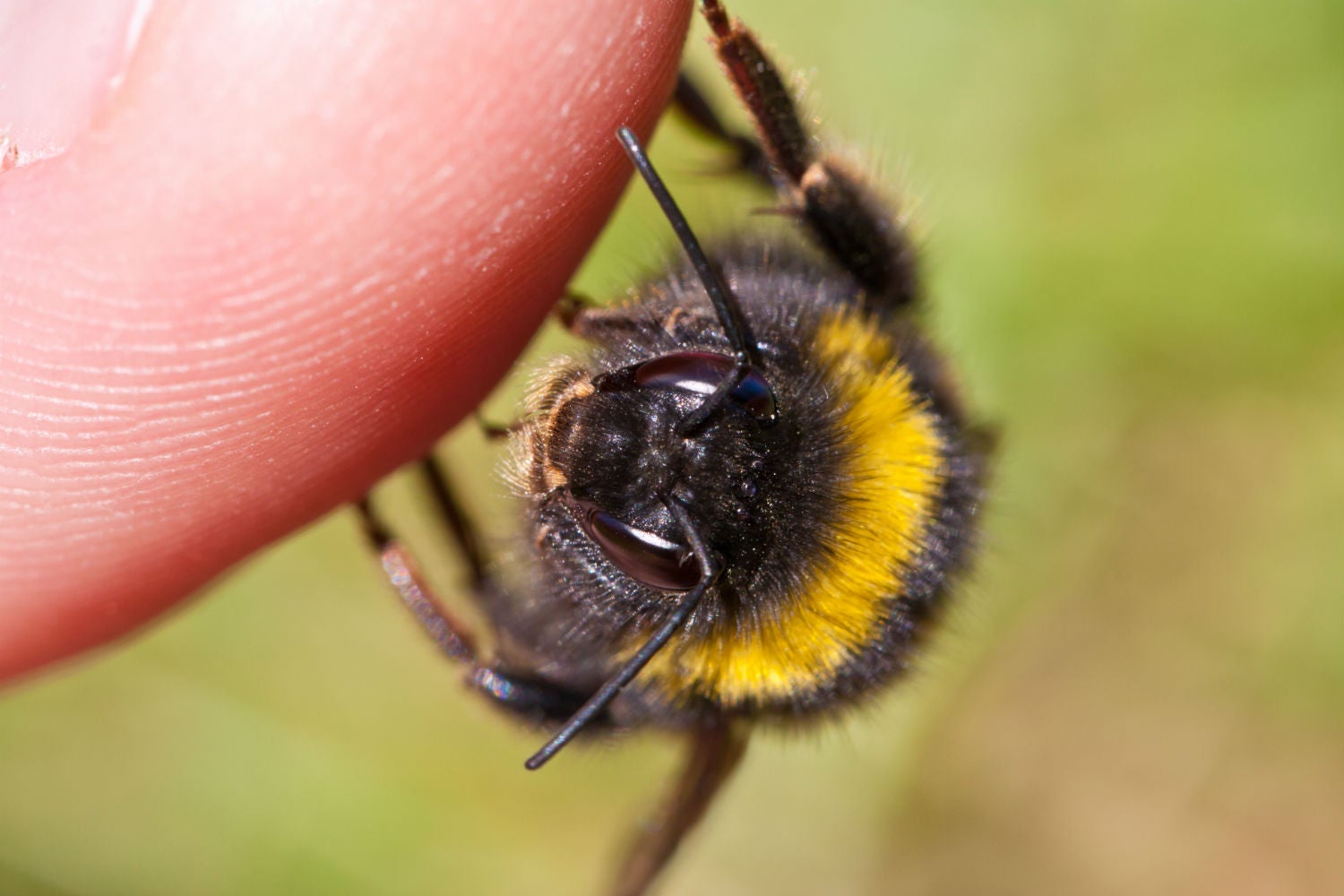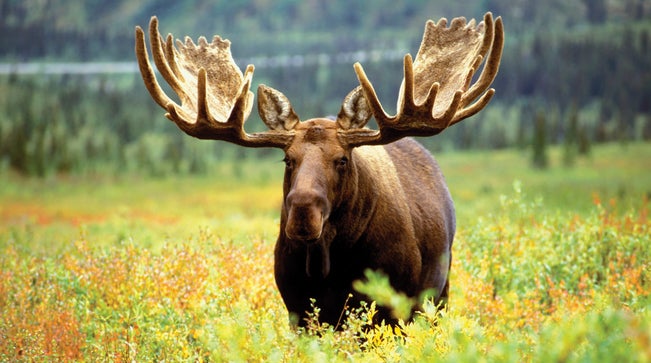This post is brought to you by our friends at Wild Zora, who produce delicious backpacking food that are gluten-free, grain-free, nut/peanut/tree nut-free, and soy-free.
Allergy season: that time when we’re torn between our excitement to get outside, and the misery of runny noses and itchy throats, often due to pollen. Let’s be honest, allergies can really get you down when you’re camping or hiking, but there’s a big difference between sniffling and being unable to breathe.
While seasonal allergies are annoying on a hike, they pale in comparison to more serious reactions such as anaphylaxis. A severe allergic reaction can be downright scary and life-threatening, so it’s important to know how to deal with the situation if it arises, especially in the wilderness.
Even if you don’t suffer from any serious allergies yourself, understanding allergies can help save a life when someone around you does.
Handling an Allergic Reaction in The Wild
So many different variables can create an allergic reaction. Whether it’s an anaphylactic reaction to a food like peanuts or tree nuts, a skin reaction to poison oak or poison sumac, or a dangerous reaction to a bee sting or a specific medication, they can sneak up on us and they can be really scary. Food, plant, insect, and medication allergies can all quickly become a serious issue.
“You should be worried about the same allergies in the backcountry as we worry about in the front country. These include food, medications, and bee stings.” Tod Schimelpfenig, curriculum director of National Outdoor Leadership School (NOLS) Wilderness Medicine, told The Dyrt. He’s been with NOLS for the last 45 years and also serves as an EMT, so it’s safe to say he’s a good guy to have around when things don’t go as planned.
What is a Food Allergy?
This sounds like a silly question, but it’s important to know why there’s a dangerous response when someone ingests a certain food.
A food allergy is a condition where an abnormal response is triggered upon ingesting certain foods. When your body interprets certain proteins as dangerous, it tries to protect you by releasing histamine, which causes inflammation. This inflammation might cause a plethora of reactions including: hives, rash, vomiting, gastro intestinal issues, and anaphylaxis–which can consist of swelling of the tongue, throat, face, and mouth. Anaphylaxis is the most severe reaction and can potentially be fatal if not addressed right away.
Though most people are aware of their own food allergies, accidents can still happen. The most common food allergies are: peanuts, tree nuts, cow’s milk, eggs, shellfish, wheat, and soy.
When it comes to camping and hiking, the foods you’re most likely to pack will contain nuts, wheat, soy. Nut allergies are the most common food allergy linked to anaphylaxis, which can occur minutes after coming into contact with the problem food.
What happens during a severe allergic reaction?
Symptoms of anaphylaxis range from difficulty breathing, swelling of the throat and tongue, reduced blood pressure, fainting, and vomiting. Often, Epinephrine is used to treat anaphylaxis through an auto-injector, or EpiPen.
“Ideally, if someone in the group knows they have a serious allergy, an EpiPen has been prescribed and they should have it with them. If they don’t, that’s a very grim situation,” Schimelpfenig said.
This is something that the person suffering from the attack, friends, and family should know how to use. You can learn how to use an EpiPen in a first aid class.
The Dyrt community member, Nora Hooper, said that both she and her daughter go out into the backcountry prepared for any situation. “We both carry EpiPens on day hikes, on overnight trips [my daughter] carries two. For a recent trip to the Amazon she took three. We also carry Benadryl and have an emergency protocol worked out with our doctors. We both carry emergency inhalers in case of breathing difficulties, as well as anti-sting wipes to reduce reactions to other bug bites.”
So what do you do if someone in the group has a severe allergic reaction with no EpiPen in sight? “If you have an anaphylactic reaction, but don’t have epinephrine, you have a difficult problem. If you have them, you can try to take antihistamines. But the gold standard for anaphylaxis is injectable Epinephrin,” said Schimelpfenig.
Epinephrin acts instantly and powerfully whereas oral antihistamines can take up to 30 minutes to ingest. Your fellow backpacker might not have 30 minutes to spare, so it’s important to be aware of any allergies before you hit the trail.
Not Just a Bee Sting
Like severe food allergies, bee stings can also result in a big bad reaction. Symptoms can quickly turn scary with dizziness, fainting, vomiting, and swelling of the tongue and throat. Severe bee sting reactions can also warrant the use of an EpiPen in order to subdue the anaphylaxis. If someone in your camping group is allergic to bees, there’s potential that their bee sting allergic reaction might be worse than previous reactions, so be on the lookout when your group is hiking among wildflowers.
But there’s good news from Schimelpfenig on the bee sting front, “People think bees are a really big risk, but compared to food and medication, bee allergies are much less common.”
That does not mean that bee allergies should be taken less seriously, it just means that you probably aren’t as likely to run into someone who struggles with the honey-makers.
Leaves of Three, Let It Be
On a more topical front, camping in the woods brings you closer to nature, but sometimes, nature isn’t so friendly. Plants like poison ivy, poison oak, and poison sumac are easy to come in contact with while on a trail, and sometimes hard to recognize.
Poison oak and ivy often have three leaves that grow from one stem, hence the clever saying: “leaves of three, let them be.” However, poison sumac typically has 7-13 leaves. Being able to identify these poisonous plants is the first step in avoiding them on your hike or around your campground.
The symptoms of each rash are relatively similar. Typically within one to three days, a rash will appear and then blister. When you notice the rash, you immediately need to wash your skin and clothing, as the Urushiol oil found on these plants can spread. While the rash runs its course, you can use cold compresses to ease the pain and itching. Poisonous plant rashes will usually begin to clear up within a week.
For severe rashes, Schimelpfenig suggests that all backpackers carry a tube of cortisone or Benadryl cream in their first aid kits.
Be Prepared
Before you embark on a camping trip or a hike, organize a huddle and touch base on any severe allergies within your group. If someone does have a severe allergy, be sure that you know where to find and how to use their EpiPen.
“I would have with me: antihistamines, some sort of topical cortisone cream, and ask if anyone in the group has had a history of severe allergies,” Schimelpfenig said. “You need to talk to people and ask questions. I would ask someone with an auto-injector of epinephrine if they have ever used it. What was the reaction like? Where do you keep your EpiPen? And what do you want me to do when you have a reaction?”
And if they do have an EpiPen, Schimelpfenig says you need to act right away
“As soon as you recognize that a person is having a severe allergic reaction which might include any swelling in their airway, you need to immediately administer epinephrin with an auto-injector. Instructions recommend that the injection go into the outer thigh.”
After a severe allergic reaction, it’s imperative to get that person to the doctor as quickly as possible. According to Schimelpfenig, there is a subset of people who will have a second flair up at some point in the immediate future. It is in these situations that a personal locator beacon can be extremely useful so that search and rescue can be contacted promptly.
If you want to be further prepared for anything unexpected, you can take a Wilderness First Aid class through NOLS. This will arm you with the skills you need to help a friend who has an allergic reaction or gets hurt on the trail.
You can win free gear from Wild Zora and 19 other outdoor brands by reviewing campgrounds on The Dyrt. Share past camping experiences, photos, and videos to earn points towards monthly prizes in The 2018 Great Camping Giveaway!
The Dyrt is the only camping app with all of the public and private campgrounds, RV parks, and free camping locations in the United States. Download now for iOS and Android.Popular Articles:
Articles on The Dyrt Magazine may contain links to affiliate websites. The Dyrt receives an affiliate commission for any purchases made by using such links at no additional cost to you the consumer.



